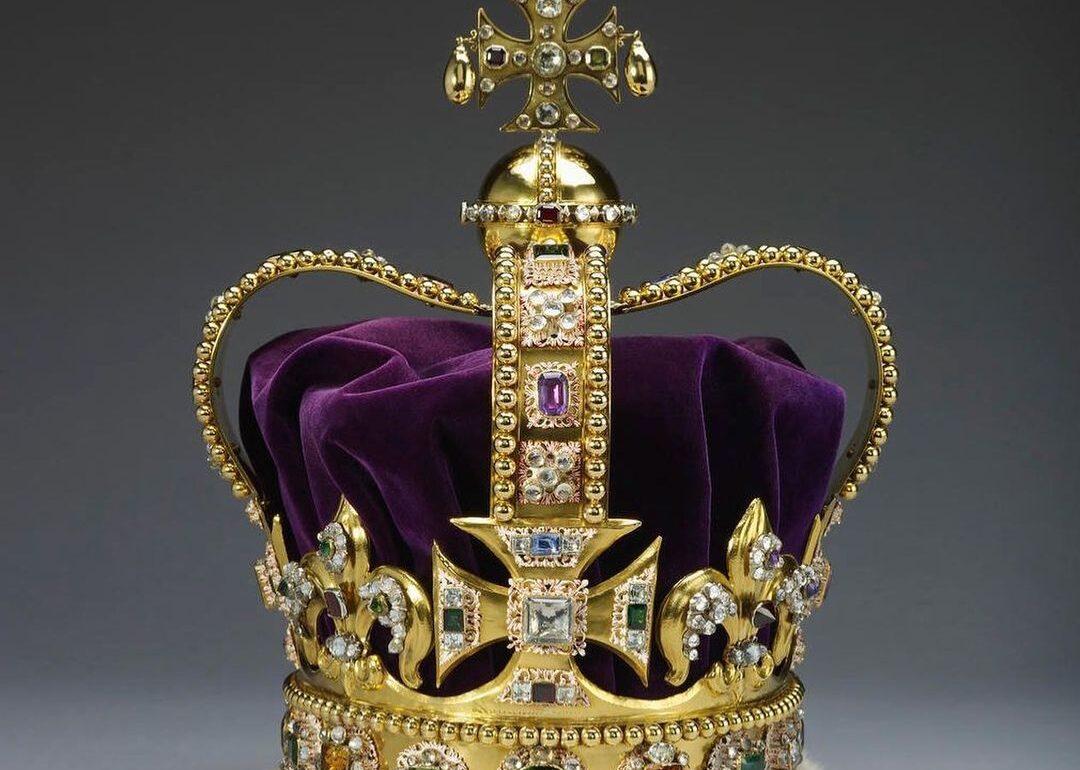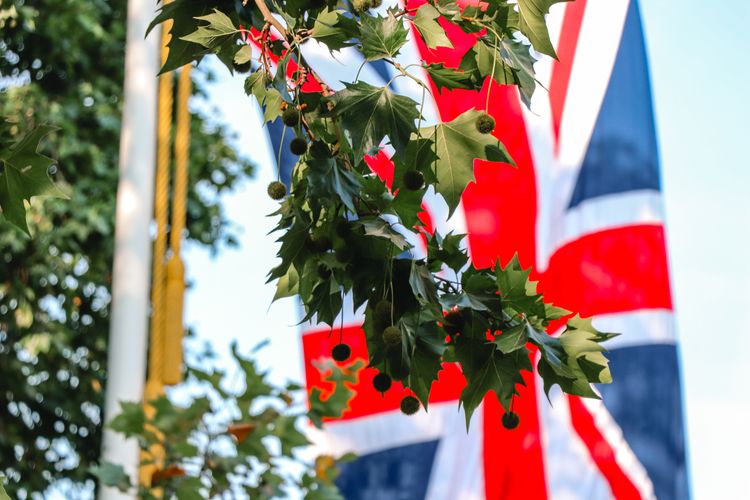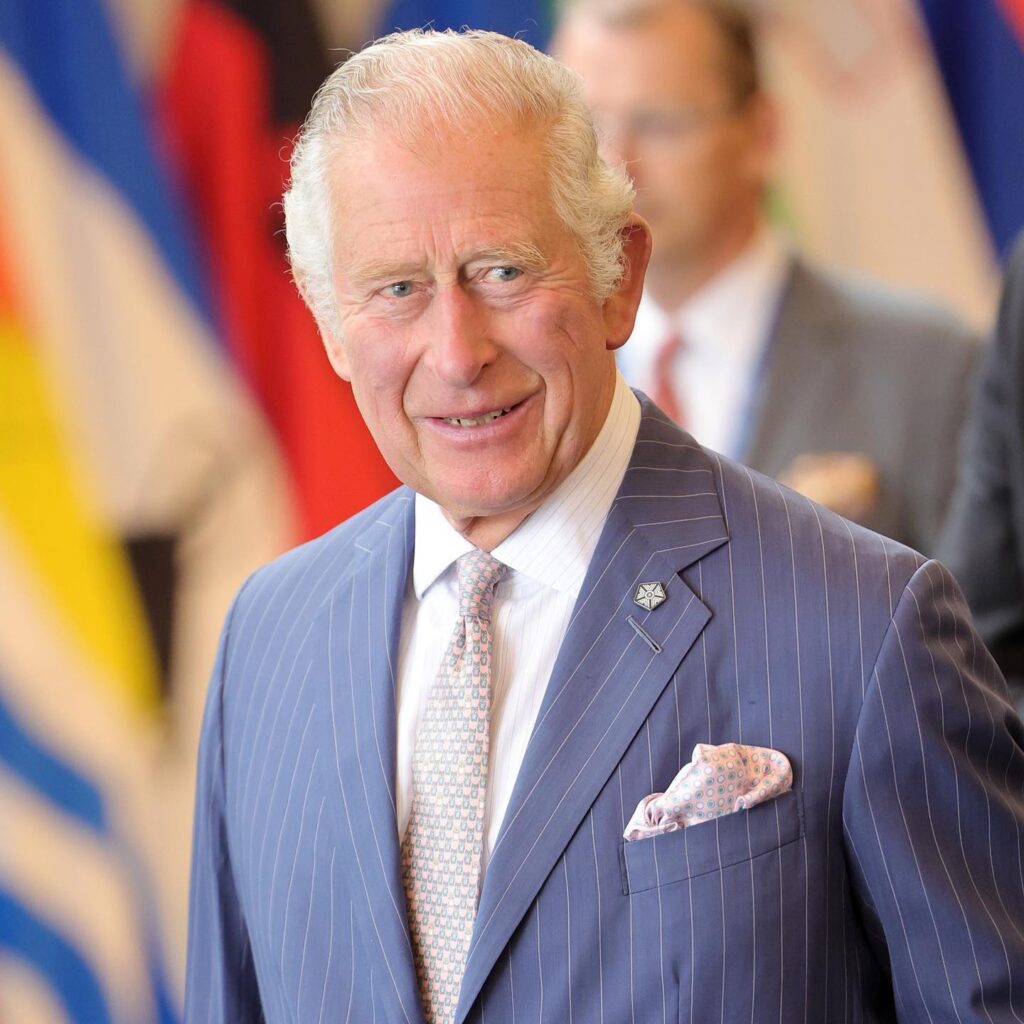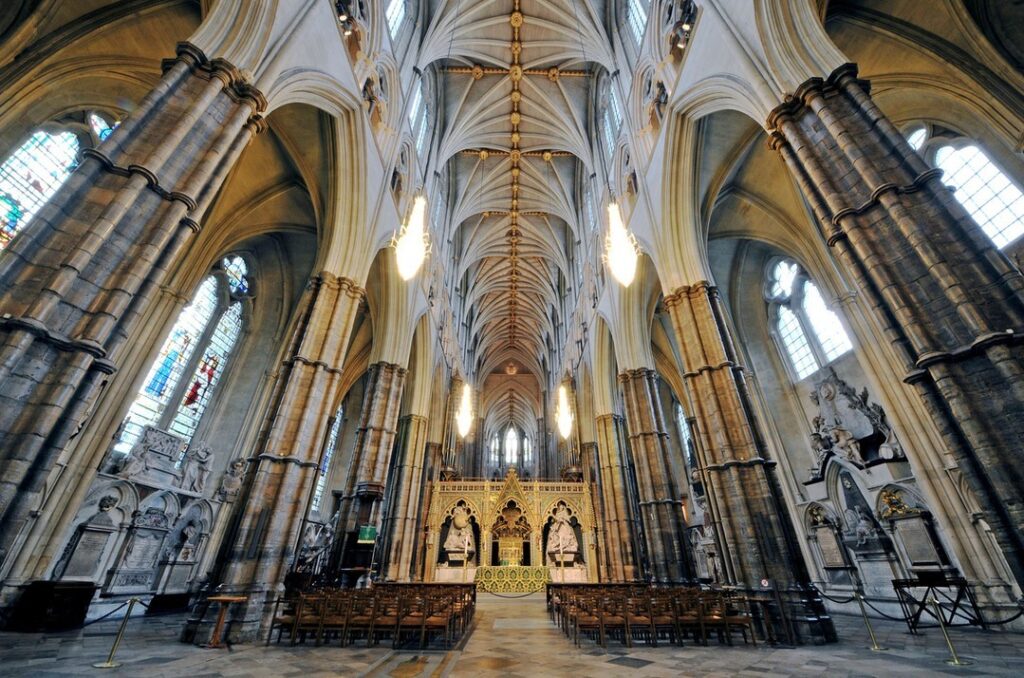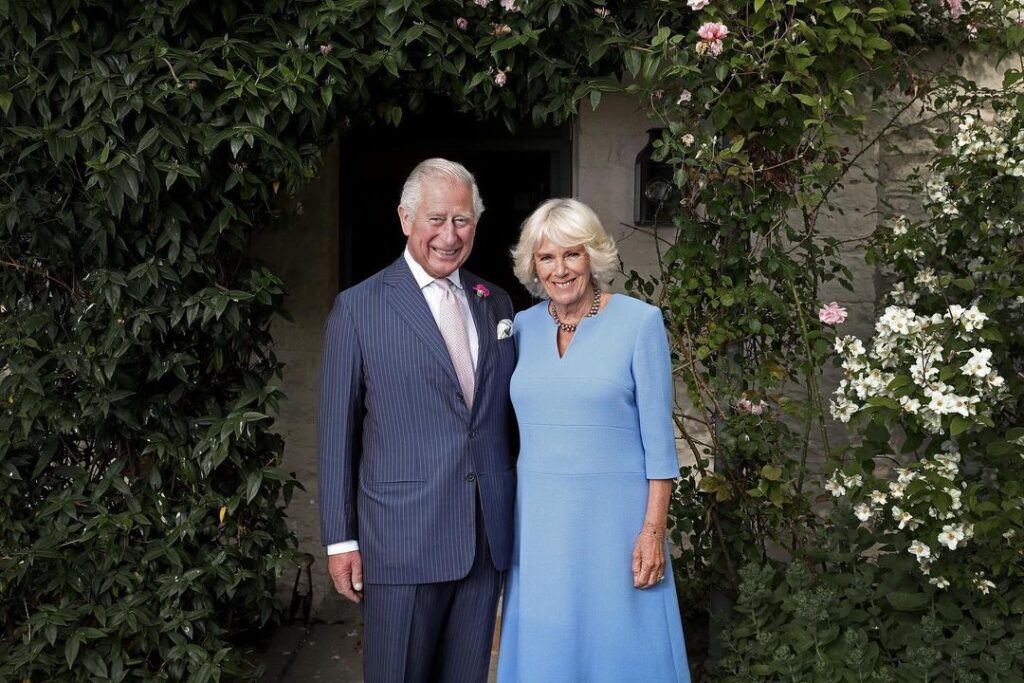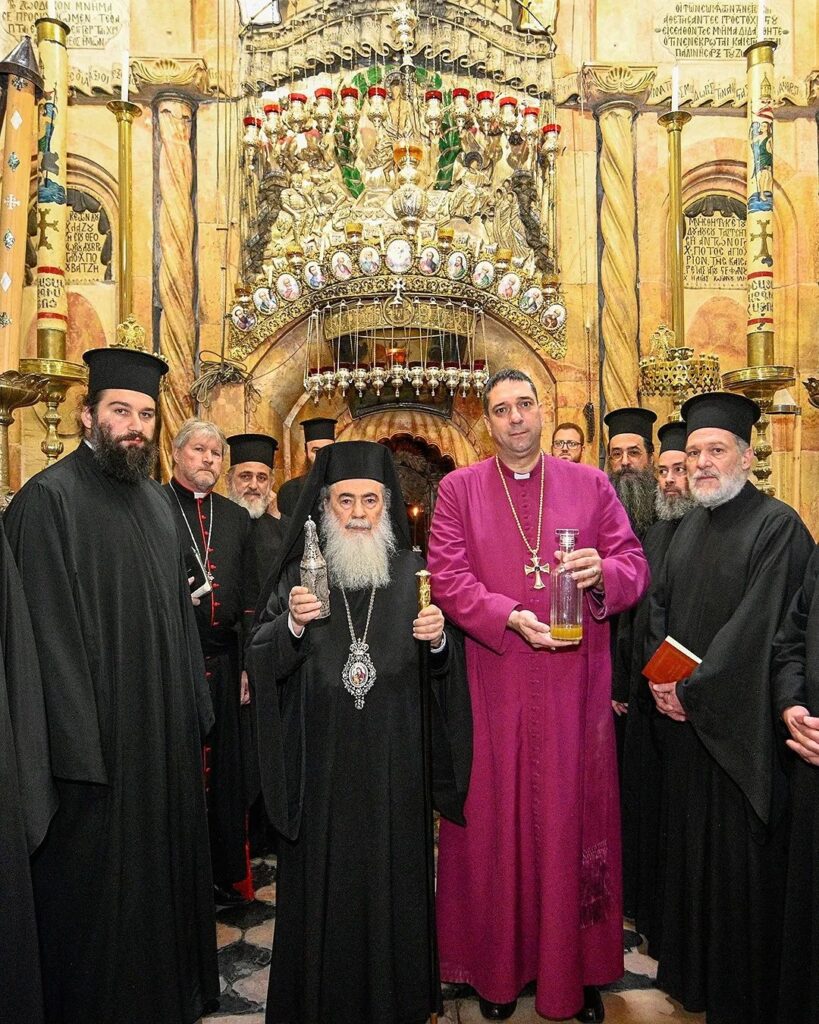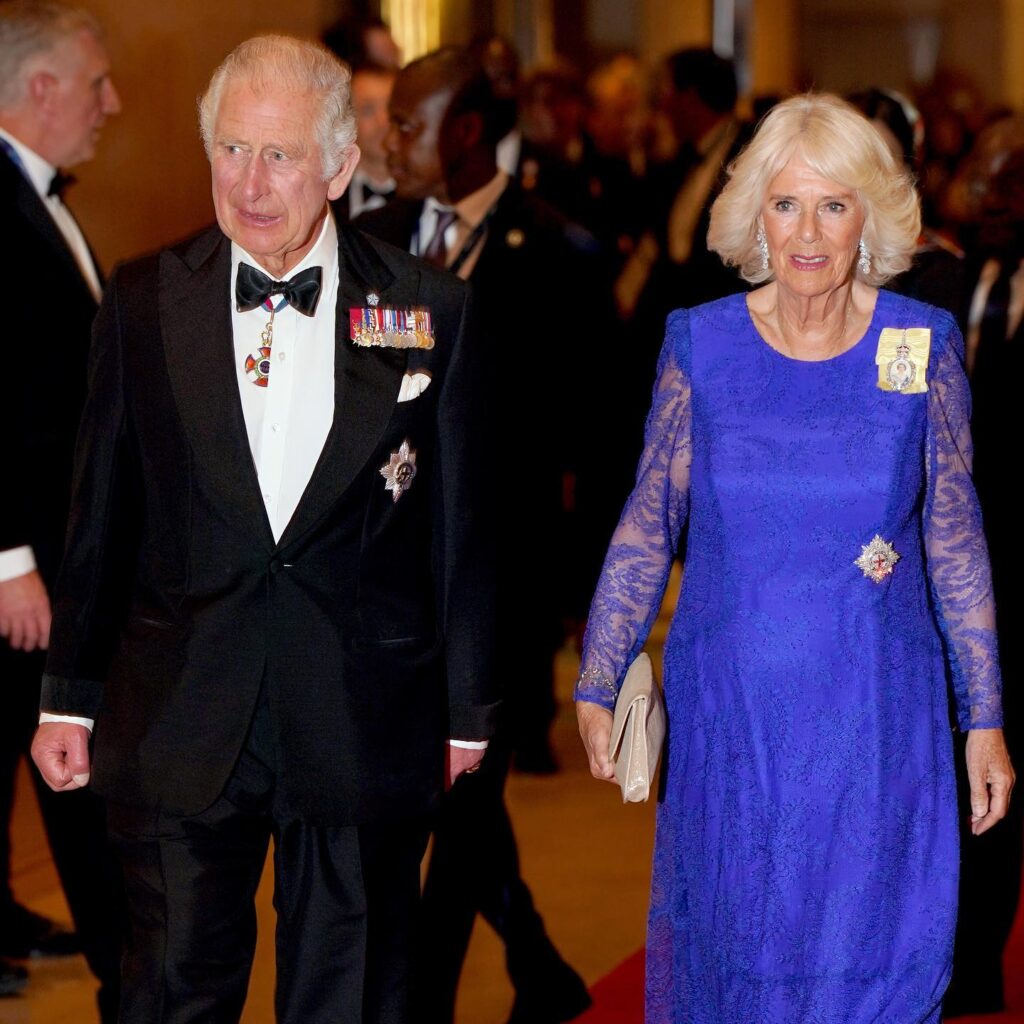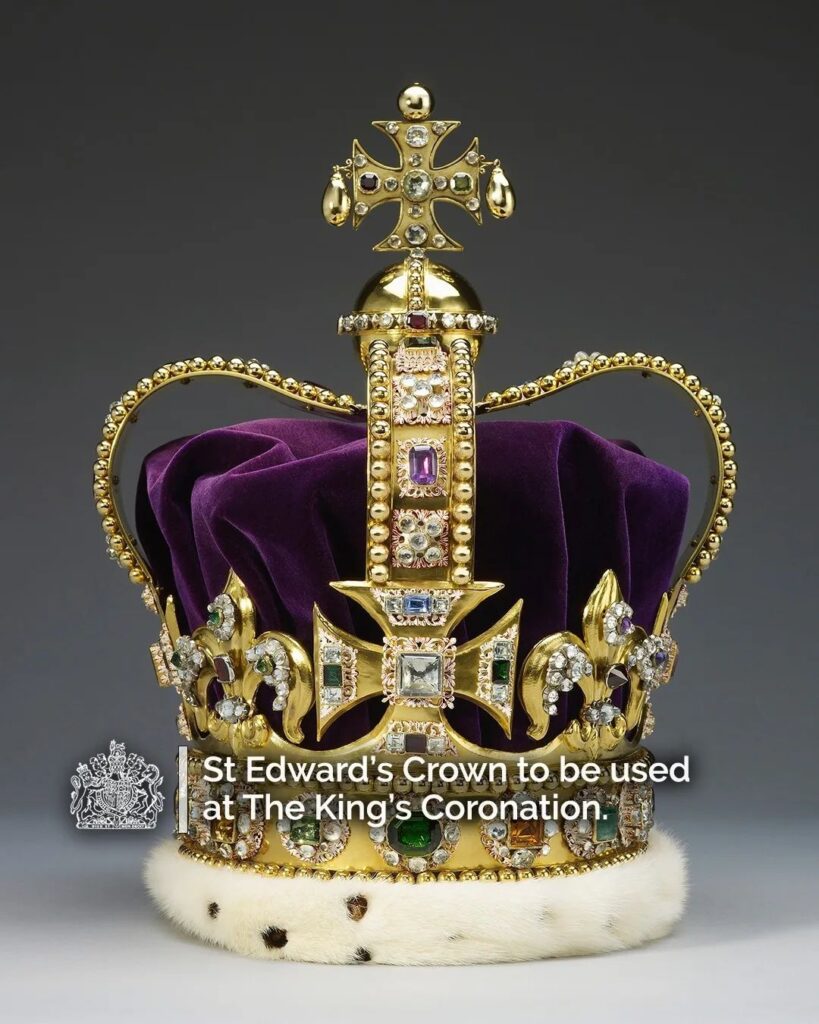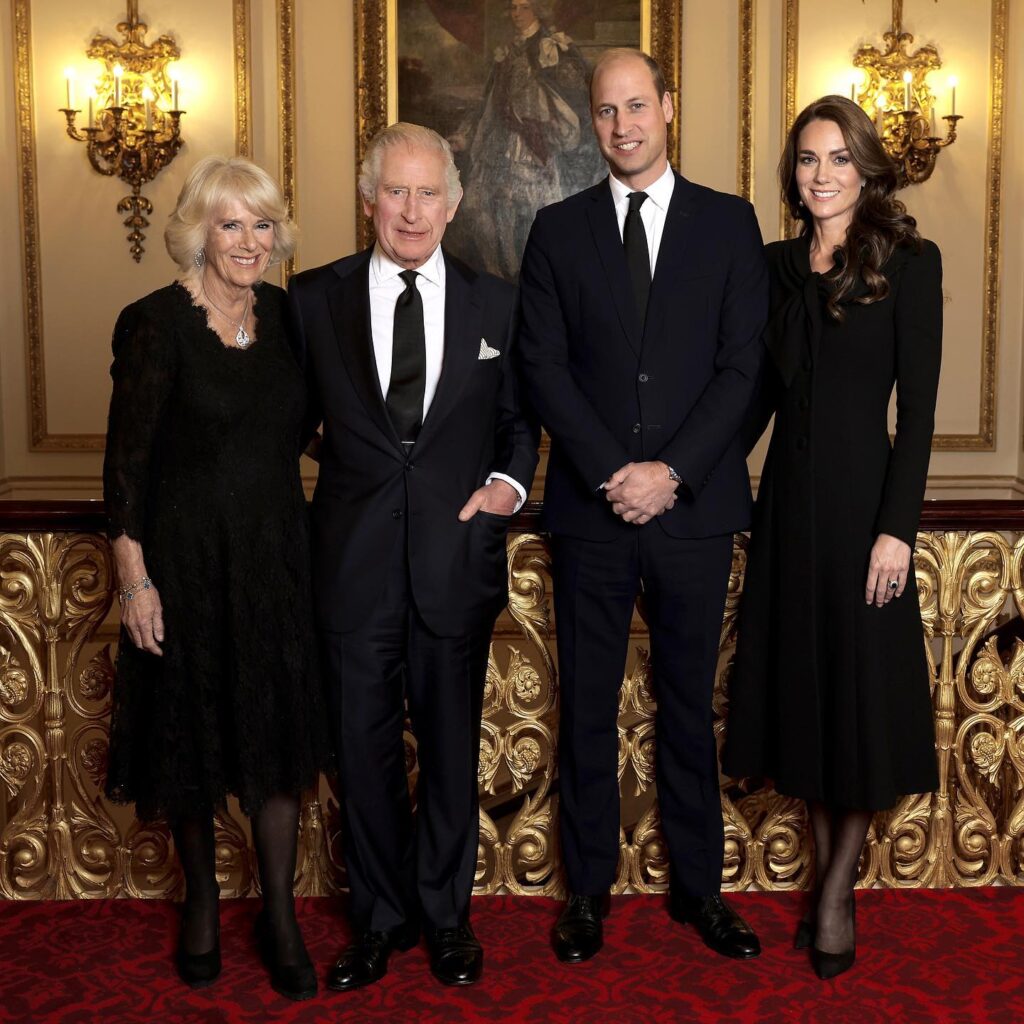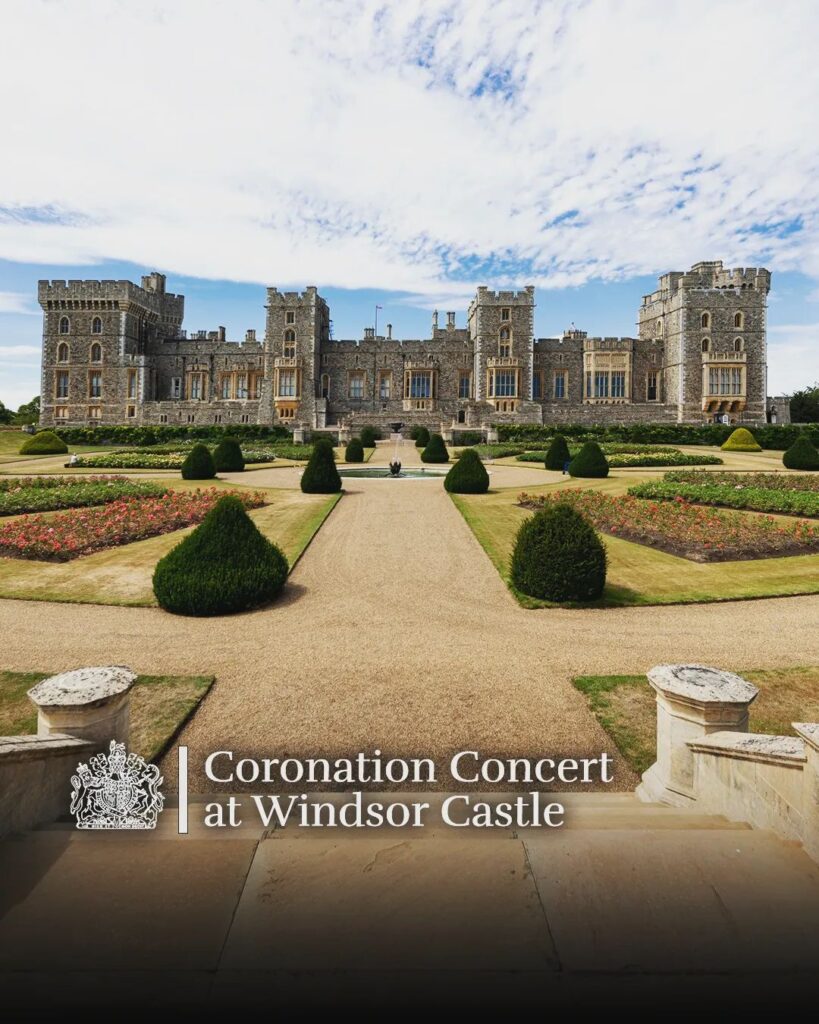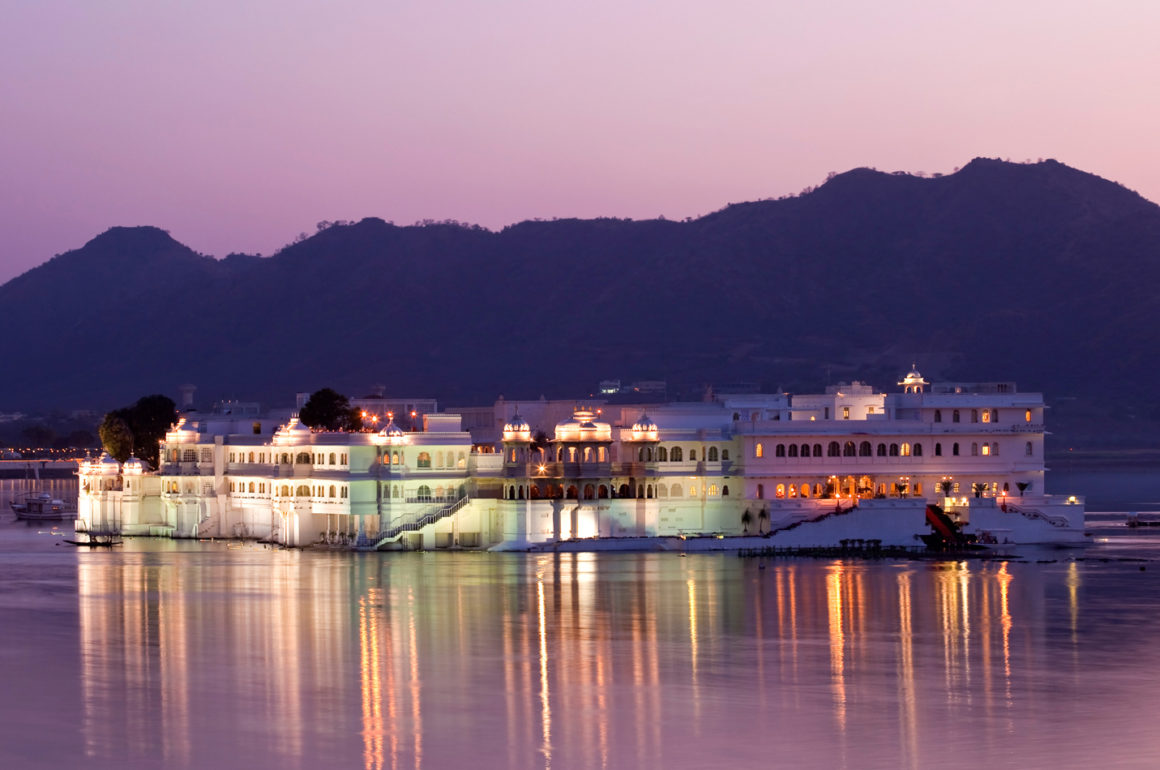With everyone looking forward to the crowning moment, one of the most iconic symbols of the British monarchy, the St. Edward’s Crown will take centre stage at the coronation of King Charles III this weekend. This magnificent crown has been worn by many monarchs during their coronation ceremonies, including HRH, the late Queen Elizabeth II in 1953. Made of solid gold and embellished with precious stones, its history dates back over a thousand years.
The role of the St. Edward’s Crown
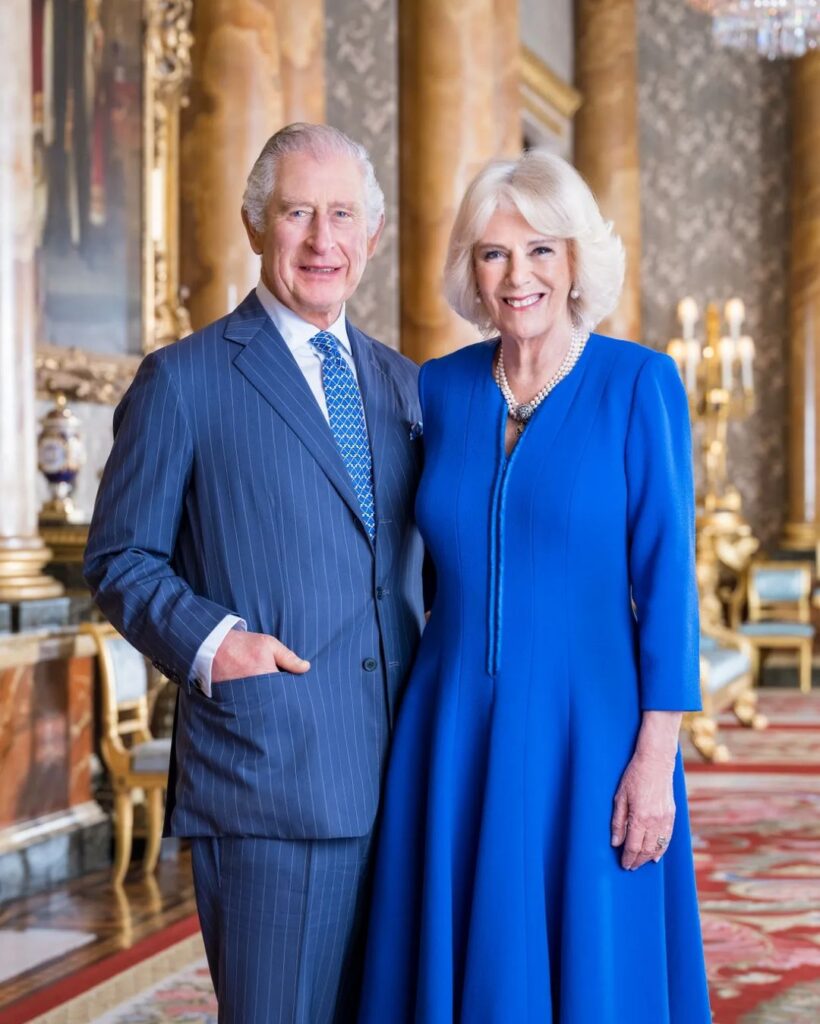
@theroyalfamily
A monarch wears the St. Edward’s Crown just once in a lifetime, when the Archbishop of Canterbury places it on their head during the crowning moment of the coronation ceremony. For King Charles III, this will be during his coronation at Westminster Abbey in London on May 6.
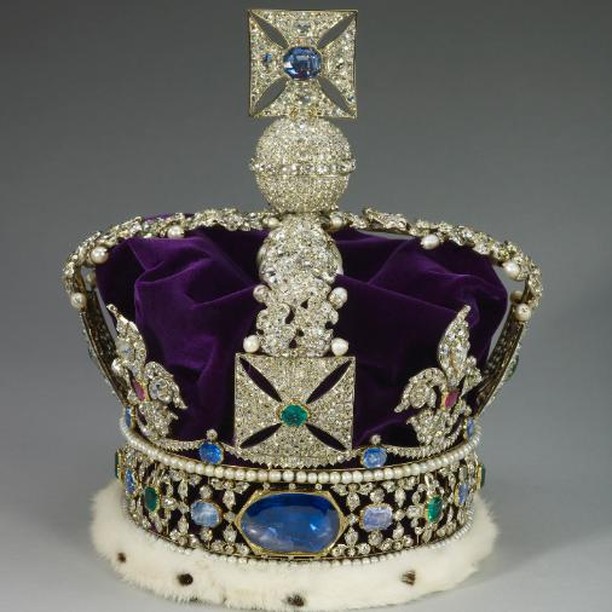
@royalcollectiontrust
The crown is only worn for a short period of time during the service, after which it is replaced by the Imperial State Crown. This is the crown that the monarch wears to depart from the Abbey, and for all other crown-related moments throughout their reign.
For travel inspiration: England destination guide
A thousand years of history
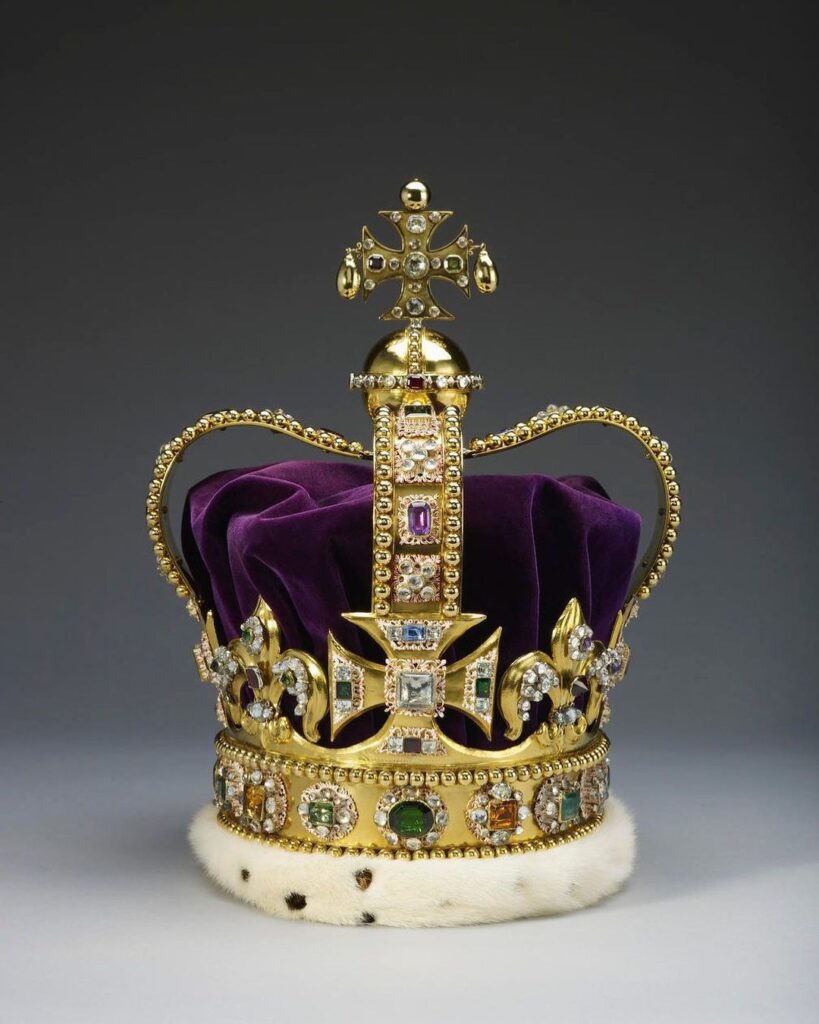
@unitedkingdomroyalty
The St. Edward’s Crown was made for King Charles II in 1661, as a replacement for the medieval crown which had been melted down in 1649. The original crown can be traced back to the 11th century. It was thought to be first created for the crowning moment of the coronation of King Edward the Confessor in 1066.
Although not an exact replica of the medieval crown, it too features the four crosses-pattée and four fleurs-de-lis, and the two arches of the original design.
The crown is named after King Edward the Confessor, one of England’s most revered monarchs. He was known for his piety and was believed to have been able to perform miracles. Edward the Confessor was considered to be a saintly figure, and it was believed that the crown had the power to bestow divine blessings on the monarch who wore it.
You may also enjoy reading: Why Britain is an incredible destination for 2023
Dazzling jewels
444 precious and semiprecious gemstones adorn the crown’s gold frame. These include rubies, sapphires, topazes, garnets, amethysts and tourmalines. The solid gold frame weighs 2.23kg (nearly 5lbs).
The largest stone is the magnificent Black Prince’s Ruby. This large red gem is set in the Maltese cross in the front of the crown. In fact, it is not a ruby but is one of the world’s largest gem-quality red spinels, a polished lump 5 cm (2 inches) long, pierced and partly filled with a small ruby.
One of the oldest parts of the Crown jewels, the ruby has been in the possession of the British monarchs since 1367 when it was given to his namesake Edward of Woodstock, known as the Black Prince.
You may also like: Meet Andy Coulter, the Highland Piper with royal connections
A revered heritage
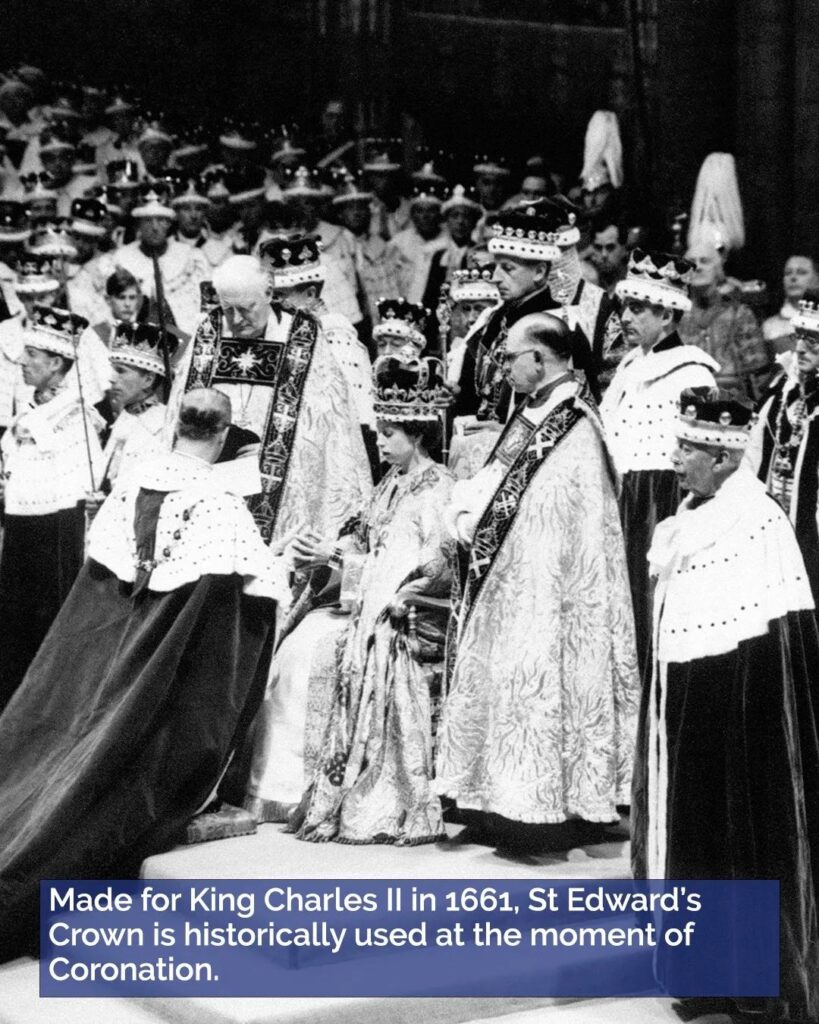
@theroyalfamily
A symbol of the United Kingdom and the enduring power and majesty of the British monarchy, when King Charles III wears the St. Edward’s Crown during the crowing moment of his coronation, he will be following in the footsteps of many of England’s greatest monarchs.
Six have been crowned with St. Edward’s Crown since the Restoration: Charles II (1661), James II (1685), William III (1689), George V (1911), George VI (1937) and Elizabeth II (1953).
You might enjoy reading: 7 Luxury Gold hotels that have hosted royals, celebrities and more
The Tower of London – home of the crown jewels
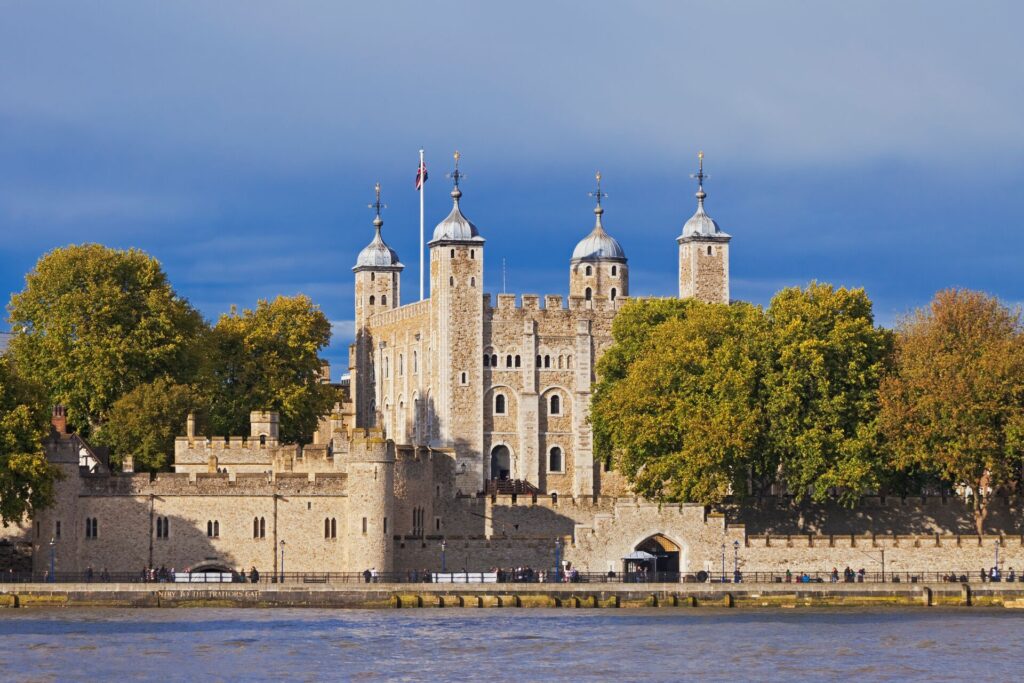
The St. Edward’s Crown is kept at the Tower of London and is one of the most precious objects in the royal treasury. This iconic Castle and UNESCO World Heritage site is famously home to the Crown Jewels. This is the most complete collection of Royal regalia in the world.

The Crown Jewels have been protected at the Tower of London since the 1660s. They are guarded by the iconic Yeoman Warders. These 32 men and women are drawn from the Armed Forces and go by the nickname of ‘Beefeaters.’
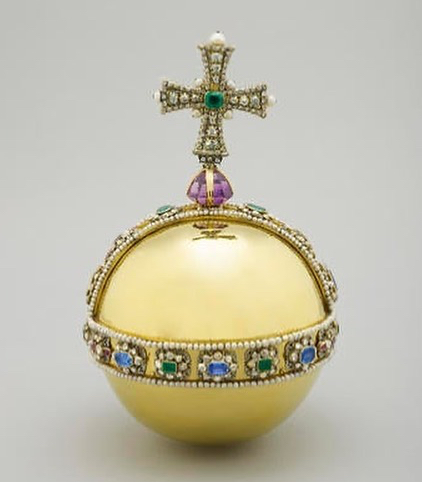
@unitedkingdomroyalty
The Crown Jewels are a working collection that is used at annual state occasions. This includes the annual State Opening of Parliament as well as at less frequent occasions, such as coronations. Included in the collection are the Coronation Regalia, most recently used at the Coronation of Queen Elizabeth II in 1953. Along with the St. Edward’s Crown you have the Sovereign’s Sceptre with Cross, the Sovereign’s Orb and the Coronation Spoon.
Ceremony of the Keys
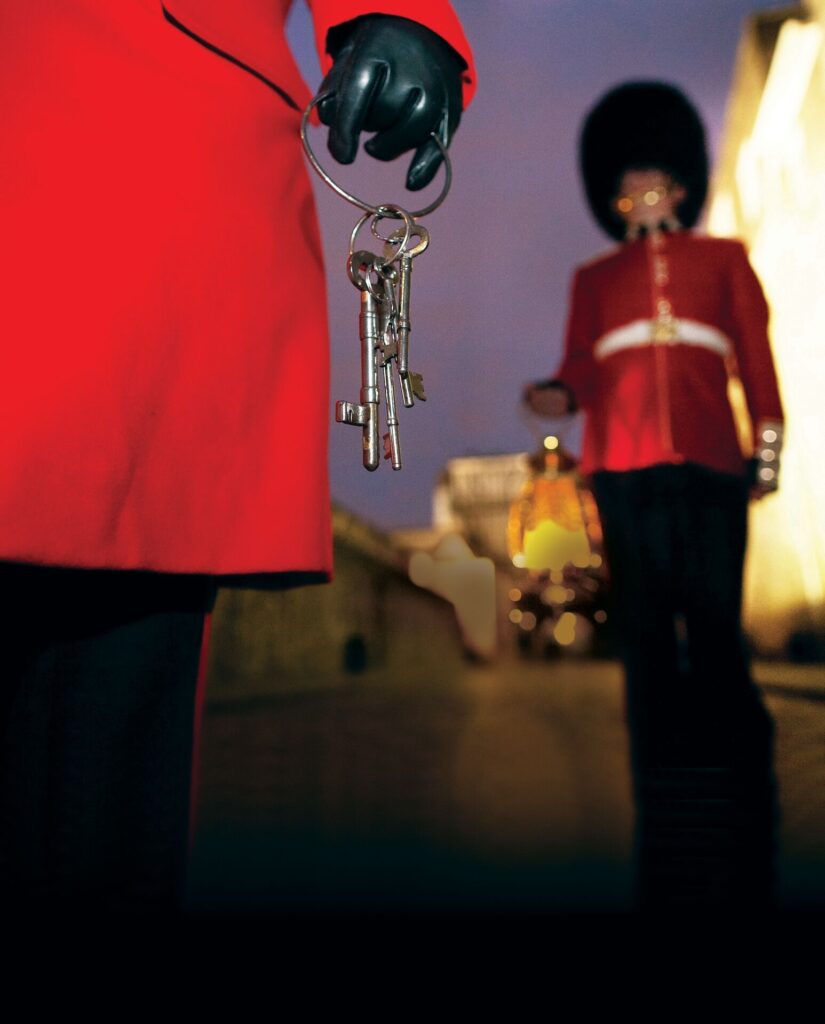
An exclusive after-hours visit to the Tower of London is just one of the exclusive experiences that make up our British Royale tour. Set against a backdrop of the twinkling lights of the British capital, walk the castle grounds in privacy and serenity under the watchful eye of a Yeoman Warder.
You’re also invited to experience the historic Ceremony of the Keys. This is the oldest practiced military ceremony in the world in which the outer gates of the fortress are locked for the night. The keys are then delivered to the monarch’s representative in the Tower, the Resident Governor. Enjoy a memorable inside look at the 700-year-old tradition that has stood the tests of even the most tumultuous times.
Discover more: 5 benefits of visiting iconic tourist hotspots out of hours
Discover this on British Royale



